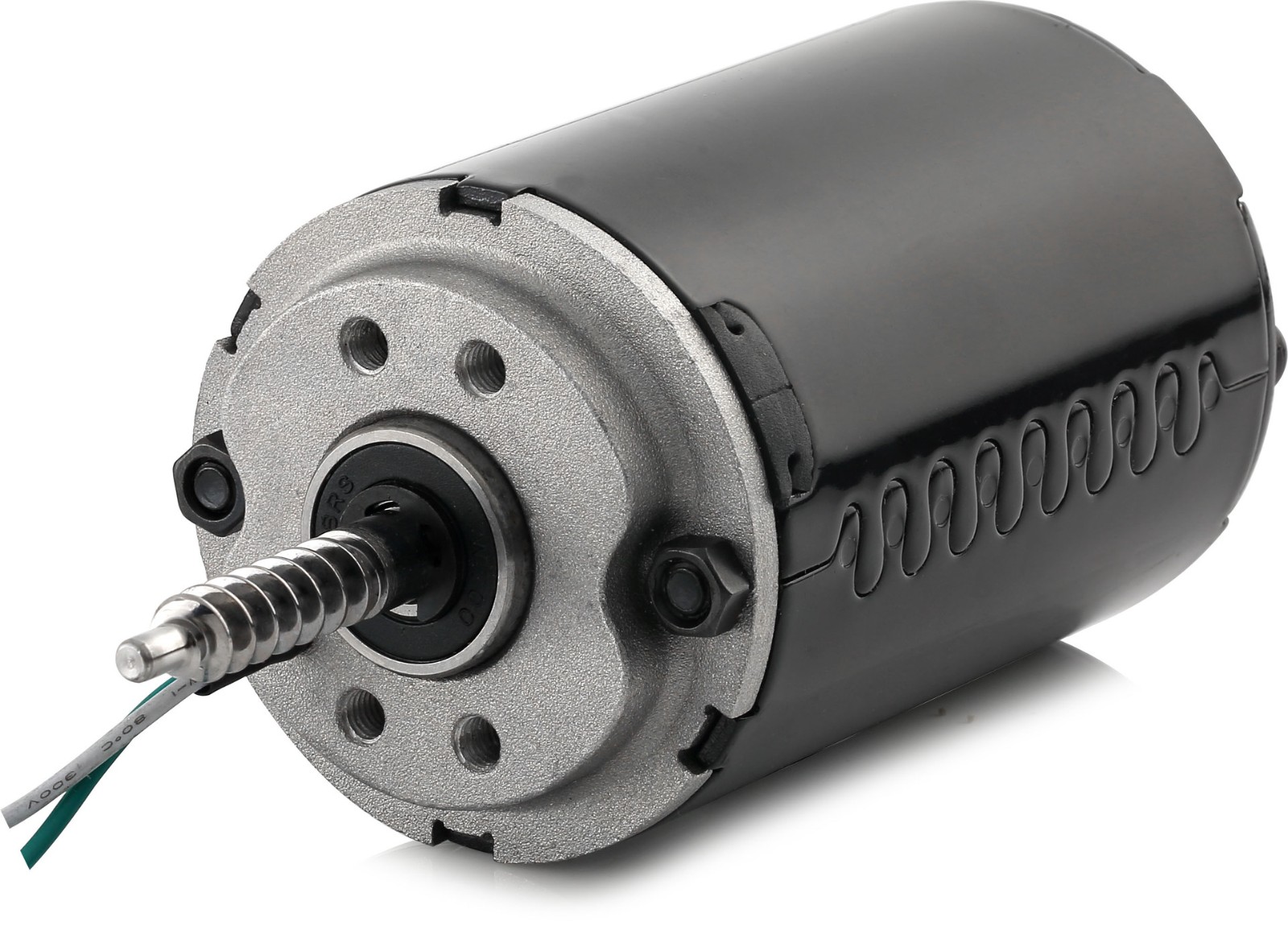Summary of Experience in Troubleshooting Motor Faults
When an electric motor is in operation or experiencing a fault, four methods—observation, listening, smelling, and touching—can be used to promptly prevent and resolve issues, ensuring the motor operates normally.
1. Observation
Observe whether there are any abnormalities during the motor's operation. The primary manifestations include the following scenarios.
1. When the stator winding is short-circuited, smoke may be observed emanating from the motor.
2. When the motor is severely overloaded or operating with a phase loss, the speed will slow down, accompanied by a heavy “humming” sound.
3. If the motor is operating normally but suddenly stops, sparks may be observed at loose connections; blown fuses or components being jammed may also occur.
4. If the motor vibrates violently, it may be due to the transmission mechanism being jammed, poor motor mounting, or loose base bolts.
5. If there are discoloration, burn marks, or smoke traces at the contact points and connections inside the motor, it indicates possible localized overheating, poor contact at conductor connections, or burned-out windings.

II. Listen
When operating normally, the motor should emit a uniform and relatively light “humming” sound, with no noise or unusual sounds. If the noise is too loud, including electromagnetic noise, bearing noise, ventilation noise, mechanical friction noise, etc., it may be a sign of a fault or a fault phenomenon.
1. For electromagnetic noise, if the motor emits a fluctuating and heavy sound, the possible causes include:
(1) Uneven air gap between the stator and rotor. In this case, the sound fluctuates in pitch, and the interval between high and low pitches remains constant. This is caused by bearing wear, resulting in misalignment between the stator and rotor.
(2) Three-phase current imbalance. This is caused by issues such as miswiring, short circuits, or poor contact in the three-phase windings. If the sound is very muffled, it indicates severe overload or phase loss in the motor.
(3) Loose core. During operation, vibration may cause the core fixing bolts to loosen, resulting in loose silicon steel sheets in the core and generating noise.
2. For bearing noise, regular monitoring should be conducted while the motor is running. The monitoring method is as follows: place one end of a screwdriver against the bearing installation area and the other end near your ear to hear the bearing operation sound. If the bearing is operating normally, the sound will be a continuous, faint “squeaking” sound without sudden changes in pitch or metallic friction sounds.
If any of the following sounds occur, it indicates an abnormal condition:
(1) A “squeaking” sound during bearing operation indicates metal friction, typically caused by insufficient lubrication. The bearing should be disassembled and appropriate lubricant added.
(2) A “chirping” sound indicates noise from rolling balls, typically caused by dried-out or insufficient lubricant. Appropriate lubricant should be added.
(3) If a “clicking” or “creaking” sound is heard, this is caused by irregular movement of the balls inside the bearing, typically due to damaged balls or prolonged disuse of the motor resulting in dried-out grease.
3. If the transmission mechanism and driven mechanism emit continuous sounds rather than fluctuating volumes, the following situations may apply:
(1) Periodic “clicking” sounds are caused by an uneven belt joint.
(2) Periodic “thudding” sounds are caused by loosening of the coupling or pulley from the shaft, or wear of the key or keyway.
(3) Uneven collision sounds are caused by the fan blades colliding with the fan housing.
III. Smell
By smelling the odor of the motor, faults can also be identified and prevented. Open the terminal box and smell it with your nose. Check for a burnt smell. If a peculiar paint smell is detected, it indicates that the internal temperature of the motor is too high; if a strong burnt smell or acrid odor is detected, it may indicate that the insulation layer has been penetrated or the windings have been burned out. If no odor is detected, use a megohmmeter to measure the insulation resistance between the windings and the housing. If the resistance is below 0.5 megohms, drying treatment is required. If the resistance is zero, it indicates damage.
4. Touching
Touching certain parts of the motor can also help determine the cause of the fault. To ensure safety, use the back of your hand to touch the motor housing and the area around the bearings. If you detect abnormal temperatures, the possible causes may include the following:
1. Poor ventilation. For example, a fan has come loose or the ventilation duct is blocked.
2. Overload. This causes excessive current, leading to overheating of the stator windings.
3. Stator winding interturn short circuit or unbalanced three-phase current.
4. Frequent starting or braking.
5. If the temperature around the bearings is excessively high, it may be due to bearing damage or insufficient lubrication.
Motor Bearing Temperature Specifications, Causes of Abnormalities, and Remedies
Regulations stipulate that the maximum temperature for rolling bearings shall not exceed 95°C, and for sliding bearings, not exceed 80°C. The temperature rise should not exceed 55°C (temperature rise is the bearing temperature minus the ambient temperature during testing);
For details, refer to HG25103-91 Causes and handling of excessive bearing temperature rise:
(1) Cause: Bent shaft, misaligned centerline.
Handling: Re-align the center.
(2) Cause: Loose foundation bolts.
Remedy: Tighten the foundation bolts.
(3) Cause: Contaminated lubricating oil.
Remedy: Replace the lubricating oil.
(4) Cause: Lubricating oil has been in use for too long without replacement.
Remedy: Clean the bearing and replace the lubricating oil.
(5) Cause: Damage to the balls or rollers inside the bearing.
Remedy: Replace the bearing with a new one.
You will know the difference between good and bad motors.









